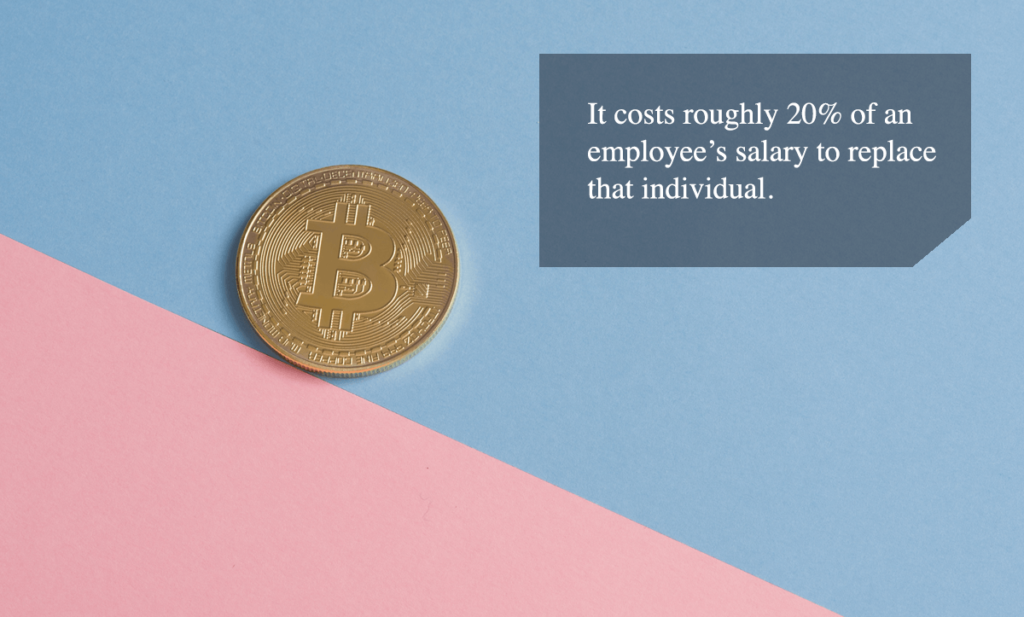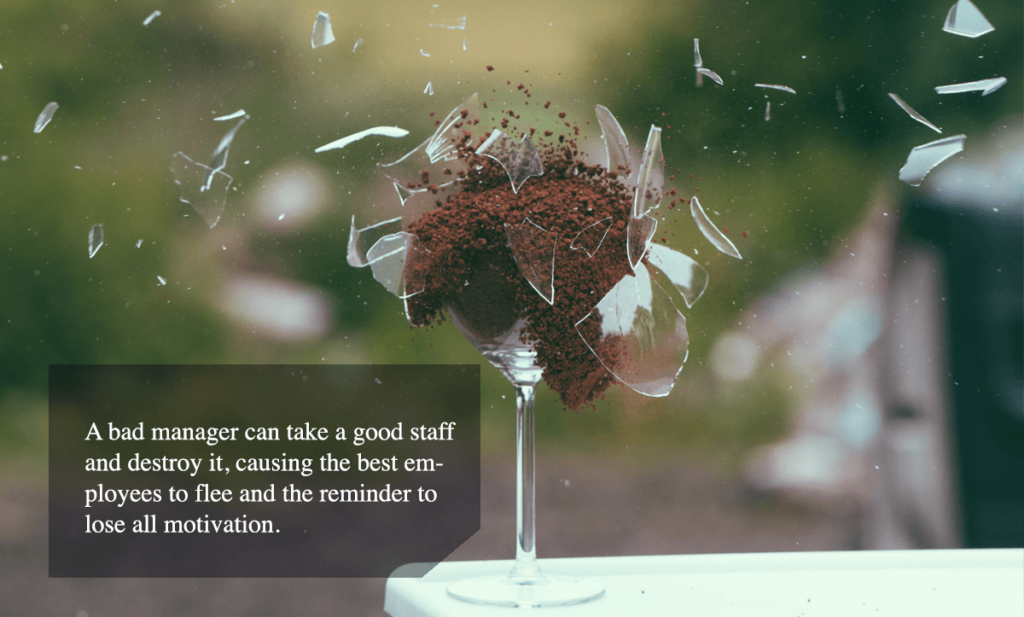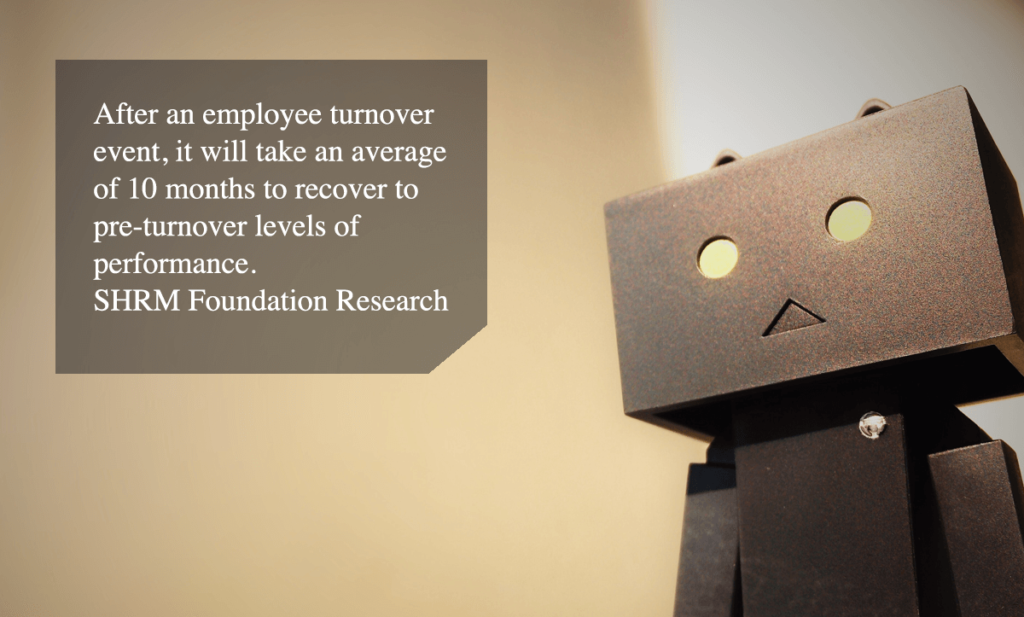Imagine you built your dream house, and you wanted to grow some greenery around it for various reasons – to make it look lovely, give shade, or grow your own fruit. So you searched thoroughly to get the plants you wanted and watered them, nourished them, and kept them safe from weeds. But just as they start to grow, they also start dying or disappearing. Whatever the reason, it’s painful to know that your effort, time, and money were in vain. That is what an employer feels when there is a high employee turnover.
If customer churn is like a break-up, employee turnover feels more like a divorce. While some change is inevitable due to retirement or relocation, high employee turnover directly impacts your bottom line.

The Deloitte Human Capital Trends Report reveals that 78% of business leaders rate employee engagement and retention as one of their fears.
What is high employee turnover?
Let’s start with a proper definition of employee turnover. Turnover refers to the number or the percentage of workers who leave the company. A high staff turnover is when a large percentage of employees quit in a set period. High employee turnover rates are costly and not just in terms of salary. There are benefits to be paid, the costs associated with onboarding and recruiting, and the short-term stress for employees who take up their ex-colleagues’ workload.
What’s considered a high turnover rate?
Staff turnover rates for your organization aren’t necessarily going to be the same as the average rates in the media. They will change according to factors like the industry, your promotion rate, and your historical turnover rate. Considering each of these factors will give you a more accurate view of your company turnover and retention.
What causes high employee turnover?
1. Poor selection process
I agree that finding the perfect employee who ticks all the boxes is difficult. But forcing a match with an employee who does not fit the job description or the company culture and values will not have a happy ending. The employee will feel out of step all the time, and work will lag and pile up. It is going to end with either the employee voluntarily leaving or your firing.
Technology is an excellent way to plug these gaps, specifically chatbots that can be programmed to screen the candidates and find those who match your requirements.
2. Lack of efficient training
Employee retention strategies should begin from Day One. Onboarding is a necessary process in this strategy. It ensures that the employees have the skills, essential knowledge, and acceptable behaviors needed to become an asset in the long run.
In addition, an introduction to the mission and the values held up by the company helps the new arrivals to adopt company-wide practices quickly. For example, when a company has implemented a coherent and consistent onboarding program, employees experience 54% greater productivity and 50% better retention. That, in turn, leads to lower employee turnover.
However, once the employees have been through the onboarding, they may become disengaged due to a lack of suitable training opportunities. Forty percent of employees who receive poor job training leave the company within the first year. So ensure you invest in your training program to prevent high staff turnover.

3. Immense workload
Nearly 70% of employees stated that there aren’t enough hours to do their jobs. Overworked employees will be the first to jump ship to join companies that understand the balance between a professional and personal life.
If you are unsure whether your employees are okay with their workload, you can ask directly with a Work Stress Questionnaire and measure the results. If a high percentage of your employees indicate that they have been overworking, maybe it’s time for you to hire new employees before your current employees abandon you altogether. Ensure that the work is distributed evenly to all the team members so that no one is pulling extra weight unless necessary.
4. Biased treatment
Every company has a group of the best performers, but it is not fair to give them exclusive access to perks and privileges. It is only a matter of time before your other employees resent this special treatment. For example, you cannot let one person have a very flexible schedule and ask everybody else to come on time. You have to treat them all as equals.
If you have an employee benefit program, ensure that they apply to employees across the board. In addition, consider offering additional perks such as flexible schedules or remote work privileges to all your employees in these uncertain times.
5. Money, money, money!
This one is a bit obvious. In a survey, almost 25% of employees said they would leave their jobs for a 10% raise somewhere else. So no matter how much someone loves your company or believes in you, they are likely to consider leaving if they get a better salary.
Always keep tabs on what your competition offers for the employees to provide comparable benefits packages. I would also advise you to conduct an annual wage and salary survey to get insights into your employees’ outlook on the package offered.
To help your employee understand your compensation package, make sure they get an annual total compensation statement. It should catalog all their wages and other benefits, such as contributions to benefits premium, retirement accounts, or paid time-offs.

6. Poor management
A bad manager can make any employee feel miserable. It wouldn’t matter if your employees are a hundred percent committed to working; if their supervisor creates a toxic work environment for them, they may consider leaving. That becomes a key reason for high employee turnover.
As human beings, we do crave routine and consistency. So if the workspaces and relationships are positive and motivating, employees will accept average wages and mundane (or even highly stressful) work to an extent.
If you suspect that your workplace might be a reason for high turnover, verify it with an anonymous Employee Climate Survey. Then, based on the results, give your managers the proper training to resolve workplace issues before they get out of hand.
Also, watch out that you’re not protecting bad managers by giving them second chances. Make it mandatory for them also to go through the evaluation process just like your other employees.

7. Not so friendly co-workers
Like our relationships with managers, another thing that can influence staff turnover is our rapport with coworkers. A congenial working community can boost positive emotions about the company. Coworkers are a crucial part of our workday – we sit with them, interact with them, discuss our doubts and uncertainties, and work to get things done.
Research conducted by the Gallup organization indicates that one of the 12 factors that show whether an employee is happy on their job depends on whether they have a best friend at work. The relationship to the company is severely affected when issues exist between them. The Human Resource Department of your company should bring in strategies to cement the bond between the employees and hence create an (effectively hidden) employee retention strategy.
8. Treated like a ghost
If you are an employer who hesitates to give feedback, you might be removing any hesitation for the employee to leave. Feedback is to ensure that your employees succeed, and avoiding this could lead to the detriment of their success.
When an employee struggles to find their path, your honest feedback could help them manage their workload effectively and focus on the right things. Do not leave your employee to flounder by ignoring the opportunity for input or providing unhelpful feedback. They might become disheartened and give up on you and the company altogether.
It would help if you also collected feedback about the company and the work environment regularly. It would make them feel important and valued. In addition, seeing the improvements and changes based on their suggestions will boost their positivity and emotional connection to the company.

9. Micromanagement
If you micromanage your employees, you are saying that “you are incapable of doing it without me.” That’s never the right attitude if you want innovation and creativity to blossom at your company. Instead, giving them space to develop their skills and abilities would help your employees grow and offer fresh ideas for your company’s growth.
Over-managed employees are likely to grow frustrated over you making their decisions and limiting their imagination. Instead, trust your employees to perform well and appreciate the innovations and efforts they give for the company’s betterment. Remember that lack of appreciation is the second most significant reason for the employees to leave the organization.

How do you calculate the employee turnover rate?
There are two variables in the calculation: the total number of employees and the number of employees who left. So, first, divide the total number of employees with the number of ex-employees. Then, multiply the answer by 100.
Got it?
For example, you have 100 employees and 20 employees quit. Therefore, your employee turnover rate is 20 %.
You might think since the employees are getting replaced, how do high employee turnover rates hurt companies?
The average cost of a lost employee is 38% of the employee’s annual salary. The average income in the US is 50,000 dollars – which means that one lost employee costs the business almost 19,000 dollars.
And the worst part comes after an employee leaves. The ripple effect impacts the entire organization and leads to a higher company turnover.
Wrapping Up!
You cannot prevent your employees from leaving your company for the ubiquitous greener pastures. But there could be reasons within your company that is forcing them to go. By using an Employee Turnover Questionnaire to pinpoint the reasons for high employee turnover, you will shield your business from this. Most importantly, be empathetic and understand what your employees are going through. Do not treat them as just machines. I wish you luck and hope that your sleep comes back to you once again.
Want to improve your employee experience to be the best in the industry? Create a free account with SurveySparrow and get unlimited access to all of our features for 14 days.
A personalized walkthrough by our experts. No strings attached!






